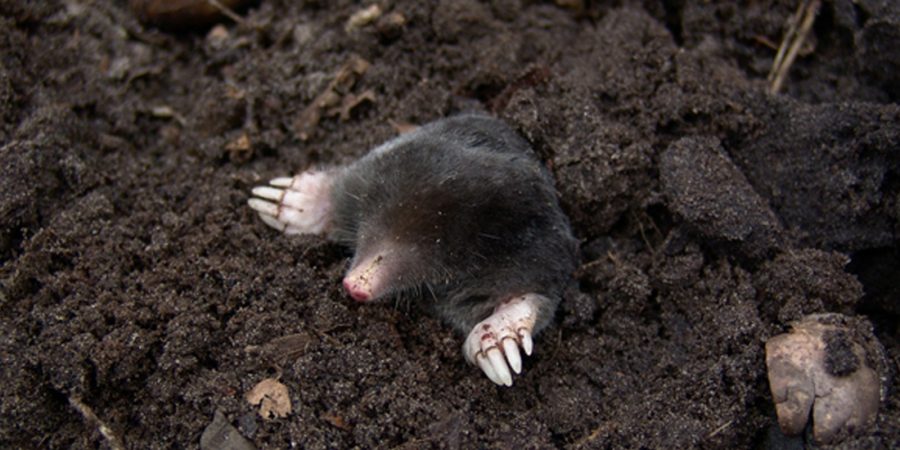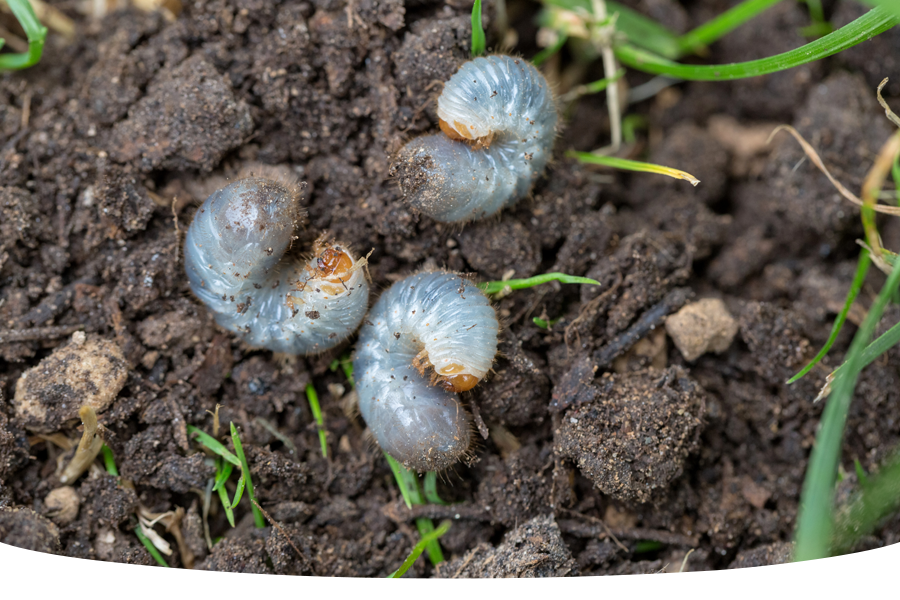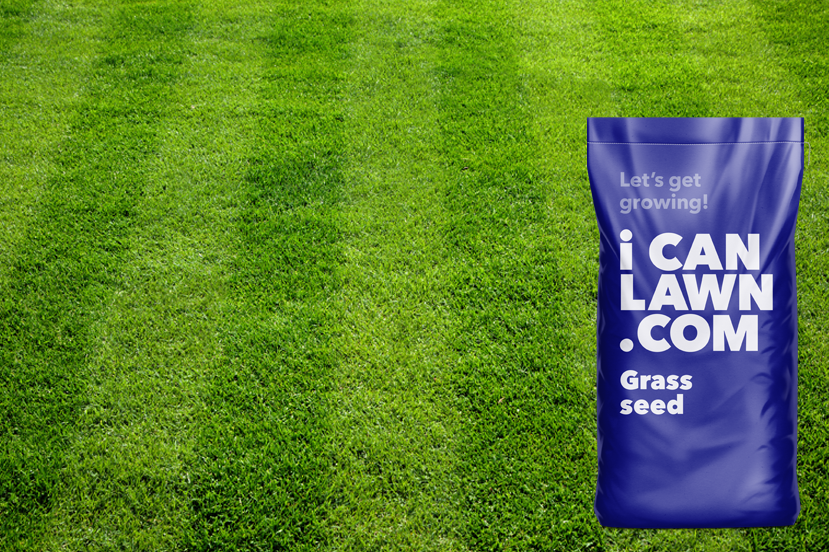How do I get rid of leatherjackets in a lawn?
Ah leatherjackets in your lawn, the lawn-lovers arch enemy. These pesky pests will make their way into your lawn almost without you noticing – until random yellow dead patches appear in your lawn!
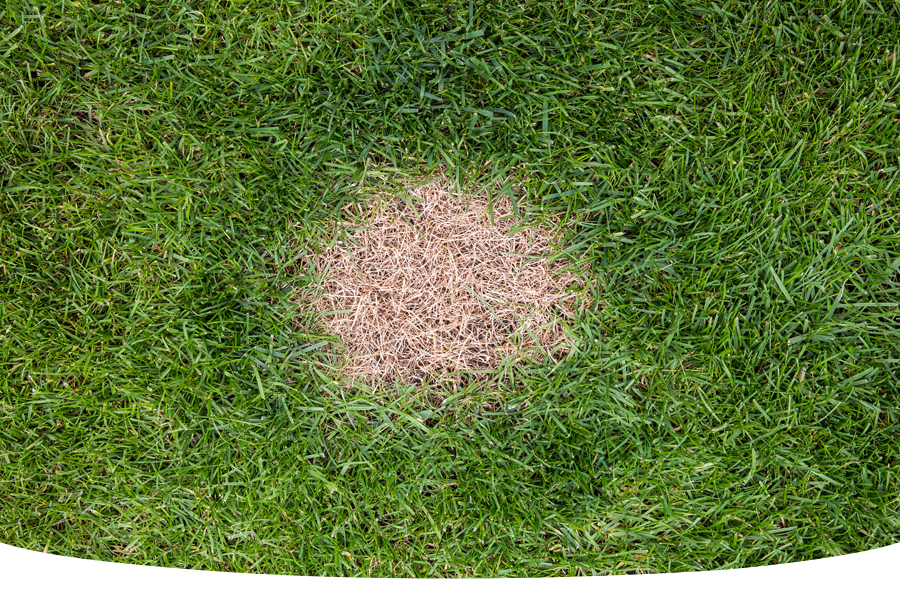
Leatherjackets in your lawn may temporarily make your garden grass unsightly, but you can get it back from its grubby clutches and learn how to get rid of leatherjackets with our guide. This way, you get your grass seed growing fabulously again!
What are leatherjackets?
Unless you’ve had them before, it’s highly unlikely that you happen to know what leatherjackets bug is, and you probably don't know how to get rid of them either. In short, they’re grey and mousy brown grubs that eat at the roots of your grass, causing it to die off. They go mostly unnoticed as they begin their lives as eggs laid by crane flies (daddy long legs), and it takes a perfect storm of hot and wet weather to cause them to hatch. This happens in random patches because only some crane fly eggs will hatch, and once fully grown at the larvae stage, they will begin to eat the grass around them.
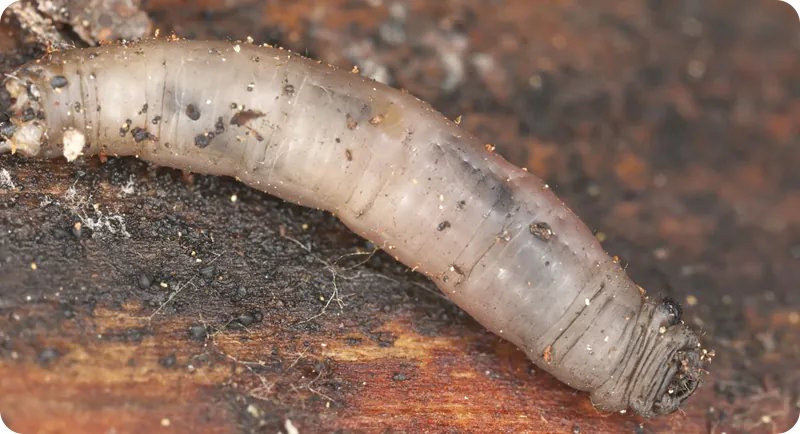
How do I know if I have leatherjackets in my lawn?
As said, you are more likely to see leatherjackets in your lawn between August and October, but any extreme or very wet conditions may cause older eggs to hatch. The first sign you will notice is birds like crows or magpies pecking at your lawn in search of a sneaky treat. If they are focusing on a particular area, you may want to lift the turf to see if there are any of these pesky creatures beneath.
The second sign is random patches of yellow in your lawn – that may seem to get bigger as time goes on. This is because the leatherjackets bugs are eating the roots of your grass, which causes them to die off and turn yellow. Again, the easiest way to check if you have an infestation of them is to lift some of the turf where the yellow patches are appearing. If there is a collection of brown grubs in the soil looking rather suspect, unfortunately, you have leatherjackets in your lawn!
How do I get rid of leatherjackets in my lawn?
You won’t find the cure on supermarket shelves as the solution is actually a living one. Nematodes are microscopic (teeny tiny!) bacterial worms that can kill off leatherjackets, and because of this, they actually need to be refrigerated when purchased. Think of them like sea-monkeys for adults! When mixed with water and sprayed on the affected area, they’ll set to work killing off the leatherjackets in your lawn. With any product, make sure to read the instructions carefully and follow every step.
How do I repair leatherjackets in lawn damage?
Once you’re confident your visitors are gone, you can set about repairing the damage they’ve left. Depending on how long they’ve been terrorising your lawn, there are two options you can consider.
The affected area is very small, the grass is yellowing
If you catch them and kill them off early enough, the damage leatherjackets do to your lawn can be minimal, but these affected areas will need a little bit of TLC to get them back to their best. A quick greening feed such as our Oh So Green will thicken up your grass and give it a super-fast boost of greenness and nutrients. Sprinkle over the affected area when wearing a glove, and don’t exceed the recommended application rate of 32g per m2. Water the lawn food granules in well and wait for them to disappear off your lawn's surface.
Affected area is large, grass is yellowing / brown and can be easily pulled out
If you’ve discovered your leatherjacket issue a little too late, then a quick feed may not solve this for you. Instead, you’ll need to do some repairs. Here’s how to do it;
- Remove all dead grass in the area, and you can do this by raking the area (scarifying)
- If this has left this patch uneven to the rest of your lawn, add some topsoil
- Rake the topsoil to level. If you haven’t used topsoil, rake your existing soil to really rough it up to help your new seed embed well
- Sow your seed at a rate of 50g per m2 with grass seed that is fit for purpose. Scatter lengthways and widthways to get good coverage, rake the seed into the soil and firm it down by foot.
- Water the repaired area once a day, every day, for the first six weeks after sowing – you can avoid doing this when it is raining.
What grass seed should I use to repair leatherjacket damage?
The best grass seed you can use to repair these patches is one that is fit for purpose. For a fast-growing, hardwearing lawn, consider our Fast Grow Family Lawn or Tough Stuff Lush Lawn. For a lawn with clay soils, you should opt for New Build Dream Lawn. Shaded lawns require specialist seeds found in our Shade Supreme Lawn, and if you want a fine ornamental lawn, you should try Super Fine Luxury Lawn.




